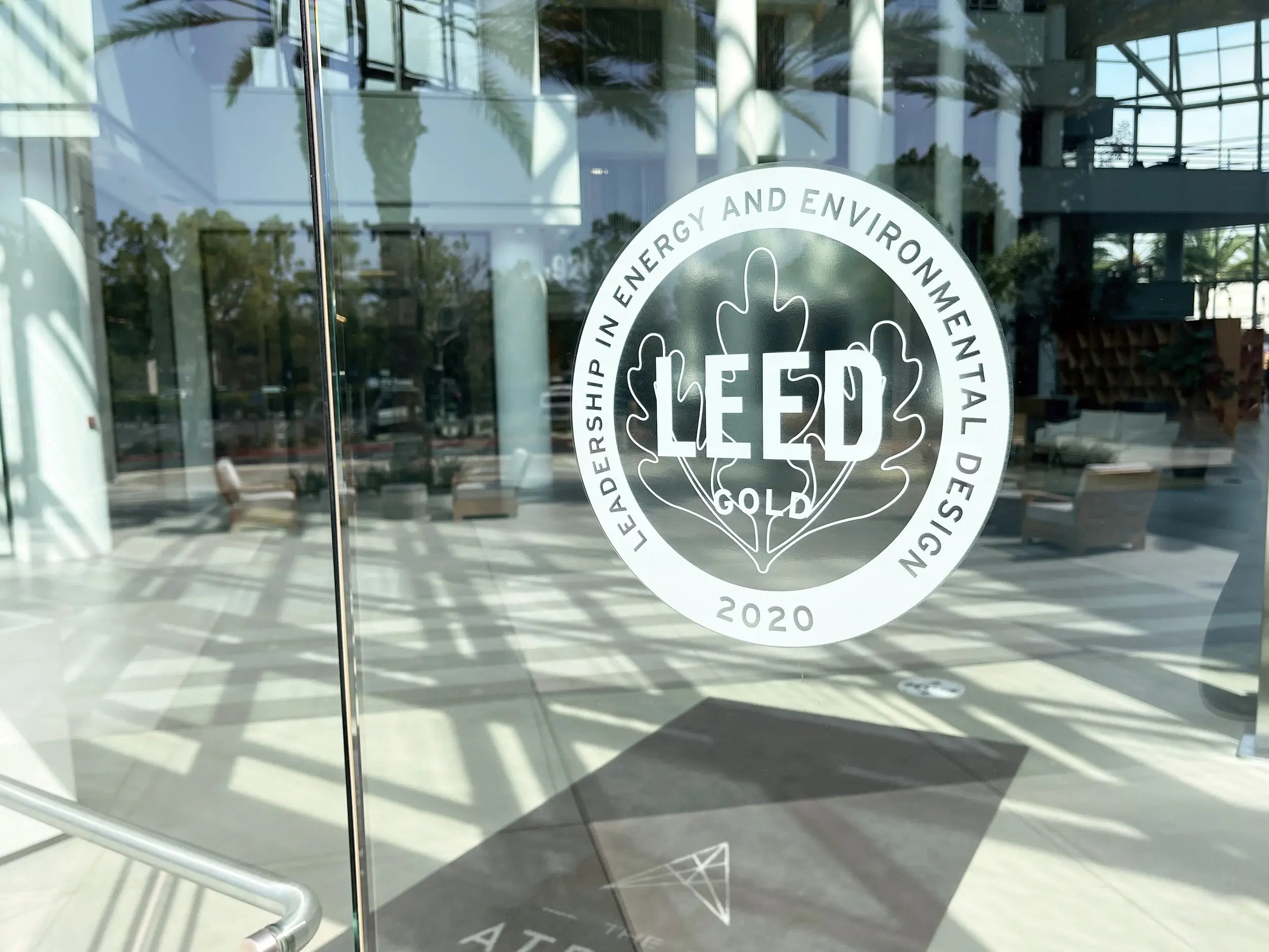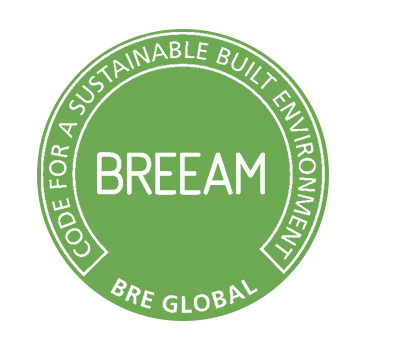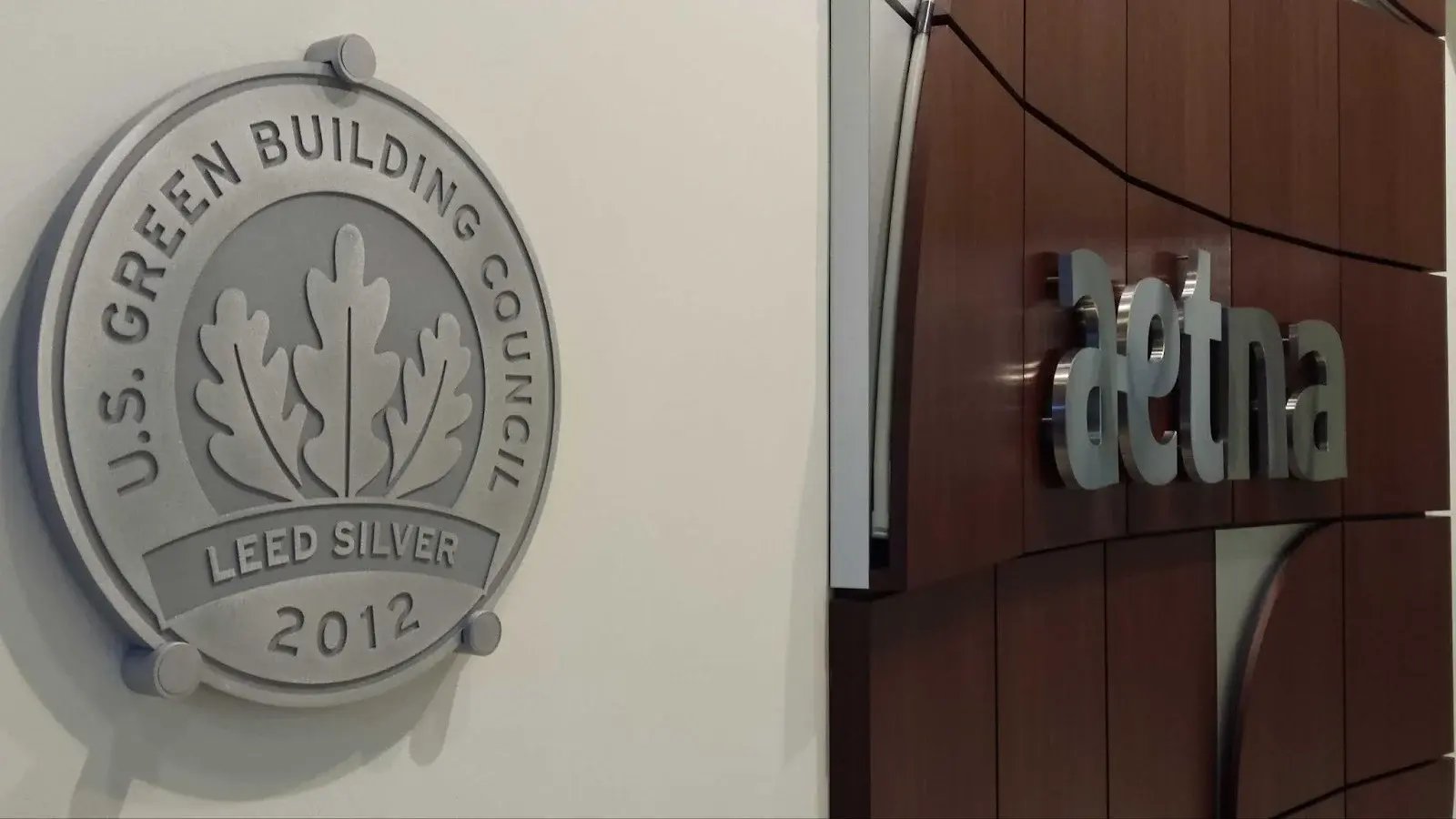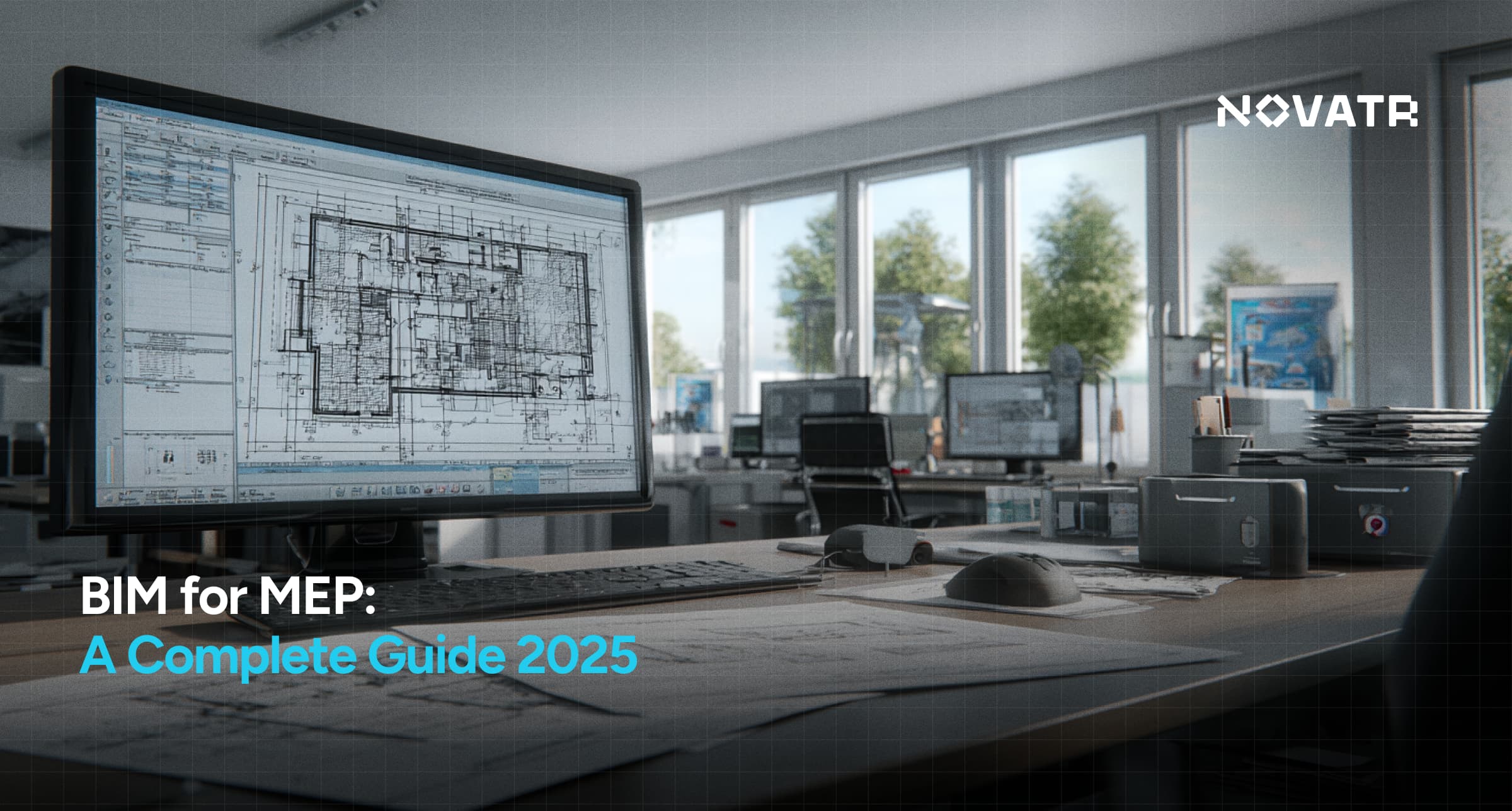
Certifications such as LEED, BREEAM, and IGBC are shaping construction standards by promoting energy efficiency, resource management, and environmental responsibility. MEP engineers with these credentials can impact design decisions and project outcomes. In the USA, the average MEP engineer salary is $101,752 per year, showing the demand for expertise in green building standards.
Each certification addresses sustainability differently. LEED has international recognition, BREEAM focuses on measurable performance, and IGBC fits India’s construction practices. Understanding these distinctions helps professionals choose the right path for career growth and project contribution. It also allows engineers to enhance their expertise and advance in sustainable building certification while meeting global and regional standards.
What Are MEP Certifications And Why Do They Matter In Construction?
MEP certifications are formal qualifications that verify an engineer’s expertise in planning, designing, and managing mechanical, electrical, and plumbing systems. They confirm adherence to industry standards and best practices. Proper application of knowledge in these areas demonstrates how certifications affect building energy performance, ensuring systems operate efficiently and reliably.
MEP certifications matter in construction because:
-
They establish standardized engineering practices, ensuring designs are accurate, reliable, and consistent across projects while reducing technical errors.
-
Certified engineers enhance efficiency through MEP systems integration for achieving certifications, improving coordination between mechanical, electrical, and plumbing systems.
-
They help minimize operational costs by optimizing resource usage and energy consumption throughout a building’s lifecycle.
-
Professionals gain credibility and recognition in the industry, showcasing technical expertise and adherence to rigorous engineering standards.
-
MEP certifications support regulatory compliance, ensuring projects meet local and international environmental, safety, and performance requirements.
-
Engineers contribute to building performance assessment, providing measurable insights into system efficiency, energy use, and overall project sustainability.
LEED Certification: Standards, Benefits, and Global Recognition

LEED (Leadership in Energy and Environmental Design) is a globally recognized standard developed by the U.S. Green Building Council. It provides structured guidance for sustainable building design and environmental responsibility. Engineers can see clearly how LEED certification impacts MEP design, enhancing system coordination, efficiency, and overall project performance.
LEED certification defines clear standards and measurable benefits that guide MEP engineers in designing efficient, sustainable building systems:
-
It defines clear standards for energy, water, and material efficiency, guiding engineers in systematic MEP design practices.
-
Engineers following energy efficiency benchmarks in building certifications can optimize system performance, reducing operational energy and improving reliability.
-
LEED enhances indoor environmental quality by supporting better airflow, lighting, and thermal comfort within mechanical, electrical, and plumbing systems.
-
Global recognition of LEED validates engineers’ expertise and ensures designs align with international sustainability expectations and compliance standards.
-
Applying energy efficiency rating systems helps MEP engineers evaluate system performance, implement improvements, and achieve measurable efficiency gains.
-
Certification encourages long-term planning and resource optimization, helping engineers design sustainable, cost-effective, and environmentally responsible MEP systems.
Also Read: How Project-Based Learning Helps You Build a Strong Portfolio for MEP Engineers
BREEAM Certification: Focus Areas and Impact on Sustainable Design

BREEAM (Building Research Establishment Environmental Assessment Method) is a widely recognized framework for sustainable building practices. It evaluates projects on planning, environmental impact, and operational efficiency. Proper implementation demonstrates the MEP role in achieving BREEAM certification, ensuring coordinated, resilient systems aligned with sustainable design principles.
Key focus areas and impact of BREEAM certification:
-
Assesses site ecology and landscape design, guiding engineers to minimize environmental disruption and protect biodiversity.
-
Encourages responsible material selection, promoting low-impact resources and reducing the building’s overall environmental footprint, with support from MEP software for planning and coordination.
-
Focuses on waste management strategies, helping teams plan for reuse, recycling, and efficient disposal practices.
-
Enhances indoor comfort and air quality, improving occupant well-being and supporting sustainable operational practices.
-
Integrates MEP design strategies for green building compliance, ensuring systems contribute effectively to sustainable building objectives.
-
Supports long-term operational planning, allowing engineers to maintain system performance, durability, and sustainable outcomes throughout a building’s lifecycle.
IGBC Certification: India’s Approach to Green
IGBC certification is India’s formal framework for promoting environmentally responsible building practices. It evaluates projects based on energy efficiency, material use, and sustainability principles. The certification provides engineers and developers with structured guidelines to implement green strategies effectively, highlighting regional priorities and standards tailored to India’s construction industry while ensuring practical and measurable sustainable outcomes.
Key features and focus of IGBC Certification include:
-
Encourages adoption of eco-friendly building materials and construction techniques suited to India’s climate and local conditions.
-
Supports reduction of carbon footprint through planning, design, and operational strategies that minimize environmental impact.
-
Promotes efficient use of resources such as land, materials, and infrastructure to create sustainable and resilient projects.
-
Enhances indoor environment quality, improving air quality, lighting, and thermal comfort for occupants in Indian buildings.
-
Provides guidelines for the importance of certifications in sustainable construction, helping professionals demonstrate compliance with recognized green standards.
-
Encourages lifecycle assessment and performance monitoring to ensure long-term sustainability and operational efficiency in Indian projects.
Also Read: BIM for Mechanical Engineers: A Complete Guide
Key Differences Between LEED, BREEAM, and IGBC for MEP Engineers

Here is a clear comparison of LEED, BREEAM, and IGBC, showing key differences relevant for MEP engineers:
|
Comparison Aspect |
LEED |
BREEAM |
IGBC |
|
Official Name |
Leadership in Energy and Environmental Design |
Building Research Establishment Environmental Assessment Method |
Indian Green Building Council |
|
Origin |
U.S. |
UK |
India |
|
Certification Focus |
Sustainable design and energy efficiency |
Environmental impact and operational sustainability |
Resource optimization and regional sustainability requirements |
|
MEP System Approach |
Structured planning and coordination |
Resilient and environmentally responsible integration |
Localized strategies tailored for practical MEP compliance |
|
Global Reach |
Widely adopted internationally, especially in North America |
Strong adoption across Europe, with some international projects |
Increasing recognition beyond India, gradually expanding internationally |
|
Assessment Method |
Points-based evaluation across key sustainability categories |
Buildings are scored on environmental performance across categories, resulting in a rating from Pass to Outstanding |
Projects are evaluated using a checklist of regional sustainability practices tailored to India’s construction standards |
Conclusion
Understanding the distinctions between LEED, BREEAM, and IGBC provides MEP engineers with a framework to approach sustainable design efficiently. Each certification emphasizes unique priorities, from global recognition to regional compliance, helping professionals enhance system performance, improve operational efficiency, and apply best practices. Proper knowledge of how BREEAM and LEED differ in sustainability goals allows engineers to make informed decisions tailored to project requirements.
For engineers seeking structured learning, the BIM Course for MEP Engineers offered by Novatr equips participants with practical skills to implement sustainable building standards. To explore further guidance, visit our resource page for tools, case studies, and insights that support green building strategies while advancing professional expertise in MEP engineering.
FAQs
1. What are the key differences between LEED, BREEAM, and IGBC certifications?
Ans: LEED emphasizes sustainable design and energy efficiency, BREEAM focuses on environmental impact and operational performance, and IGBC addresses India’s regional building practices. Each sets clear criteria for MEP engineering and system integration. These distinctions help engineers select the most suitable certification for their projects.
2. How do these certifications impact MEP system design in buildings?
Ans: They guide engineers in planning, coordinating, and optimizing mechanical, electrical, and plumbing systems to meet sustainability standards. Using BIM for MEP engineers can further enhance system integration, accuracy, and efficiency during design and implementation.
3. Which certification is most widely recognized globally?
Ans: LEED holds the strongest international recognition, adopted across North America and many other countries. BREEAM is widely recognized in Europe, while IGBC primarily serves India, gradually gaining awareness outside the region.
Was this content helpful to you



.jpg)



